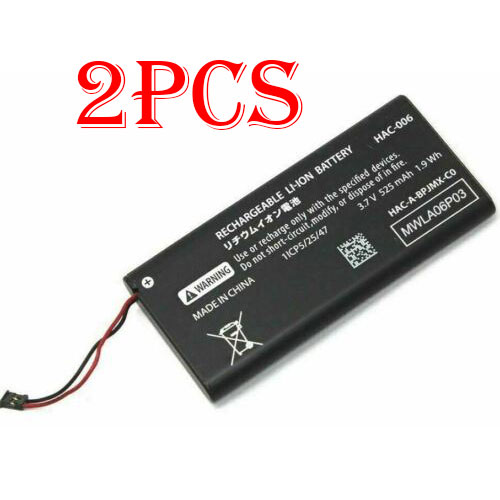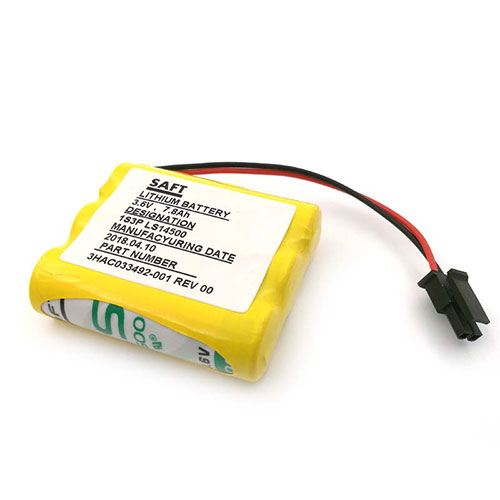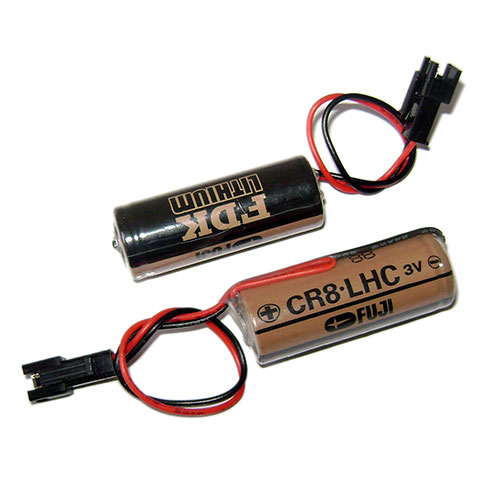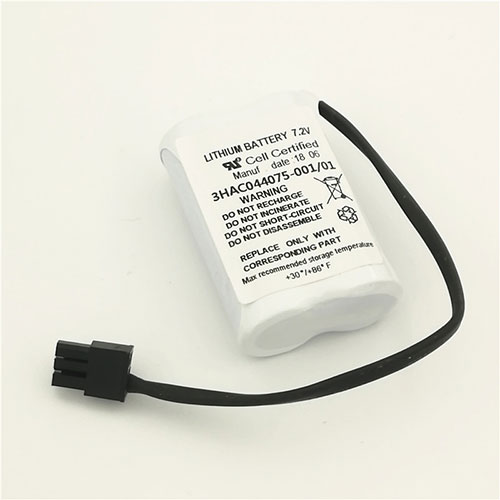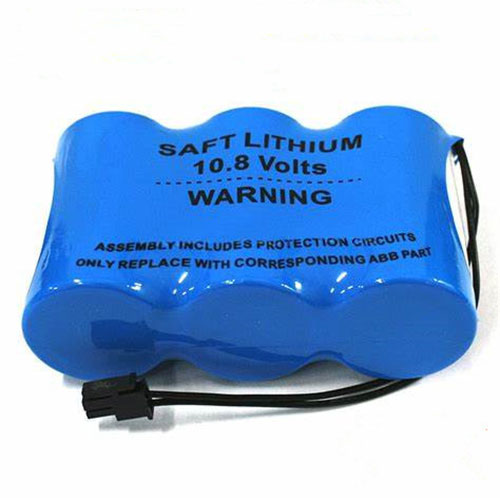Microsoft has released Windows 10 Insider Preview Build 20251 (FE_RELEASE) to Windows Insiders in the Dev Channel. Today’s Insider Preview Build focuses entirely on fixes and improvements and doesn’t bring any new features to the Insiders.
Here is the complete changelog of Windows 10 “Iron” Preview Build 20251
We fixed an issue resulting in the background of some dialogs to unexpectedly appear grey instead of white in the last couple flights.
We fixed an issue resulting in the taskbar occluding the Power button in the Start menu for some Insiders recently.
We fixed an issue resulting in some Insiders seeing a SYSTEM THREAD EXCEPTION NOT HANDLED bug check.
We fixed a crash with opengl32.dll.
We fixed an issue that could result in the Settings app hanging when checking for updates right after upgrade.
We fixed an issue that could result in the Settings app sending a notification that just said “new notification”.
We fixed an issue resulting in the Search Indexer not being able to retrieve metadata from HEIF and WebP files, so you couldn’t search for those files using metadata like date taken.
We fixed an issue resulting in the Cast to Device option in Movies & TV (and other media playback apps) not taking any action when clicking on a listed device in recent builds.
We fixed an issue in recent builds that could result in the screen you were projecting with Miracast freezing shortly after connecting.
Windows 10 Iron Build 20251: Known issues
We’re working on a fix for an issue starting with Build 20236 where installing games from the Store to a secondary non-OS drive will result in the secondary drive becoming inaccessible. To prevent this from occurring you must change the default storage for new content to the secondary drive PRIOR to installing the game. This can be done in Settings > Storage > Change where new content is saved.
We’re looking into reports of the update process hanging for extended periods of time when attempting to install a new build.
Live previews for pinned sites aren’t enabled for all Insiders yet, so you may see a grey window when hovering over the thumbnail in the taskbar. We’re continuing to work on polishing this experience.
We’re working on enabling the new taskbar experience for existing pinned sites. In the meantime, you can unpin the site from the taskbar, remove it from the edge://apps page, and then re-pin the site.
We’re working on a fix for an issue causing some devices to experience a DPC_WATCHDOG_VIOLATION bugcheck.
Windows Insiders on ARM PCs such as the Surface Pro X will notice that Windows PowerShell will fail to launch on this build. As a workaround, please use “Windows PowerShell (x86)” or “Windows PowerShell ISE (x86)” from the Start menu if you need to use PowerShell. Or download the new and modern PowerShell 7 which takes advantage of ARM by running natively. Plus the icon is prettier.
We’re investigating reports that some users are seeing error 0x80070426 when using their Microsoft account to sign into various apps. If you encounter it, rebooting your PC may resolve this.
For more details, head over to the official blog post.
According to sources, Microsoft plans to introduce a design refresh with the 21H2 release, codenamed “Cobalt.” This release will happen after the “Iron” release, which is likely to move to the Beta Channel soon and will be released to the public in H1 2021.
